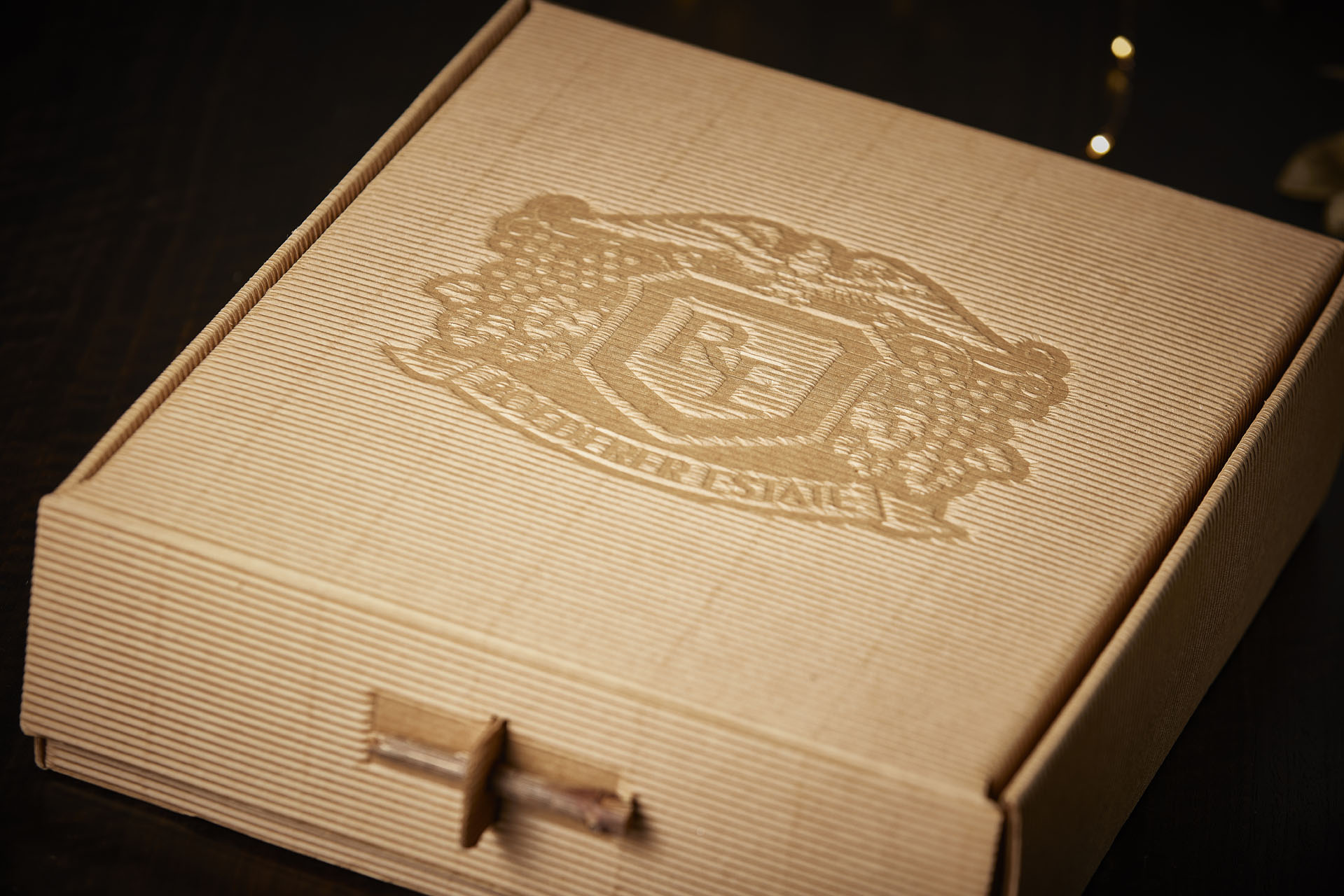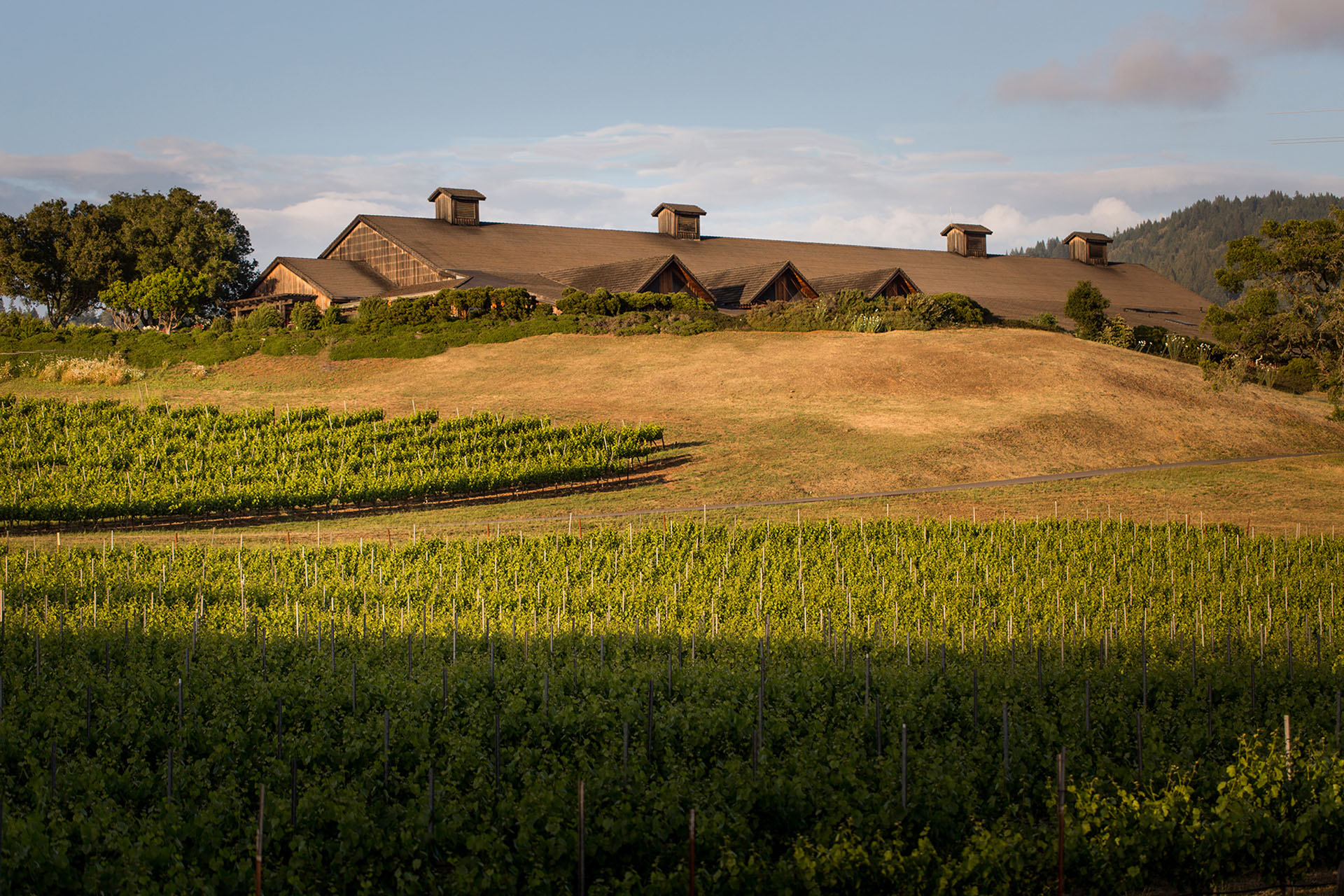
French traditions, California terroir
Rooted in the vision of Champagne Louis Roederer, Roederer Estate embodies a deep connection to place and tradition. Our wines reflect the purity of Anderson Valley’s terroir, shaped by generations of expertise and a steadfast commitment to quality. Discover our heritage, winemaking philosophy, and dedication to sustainable stewardship.
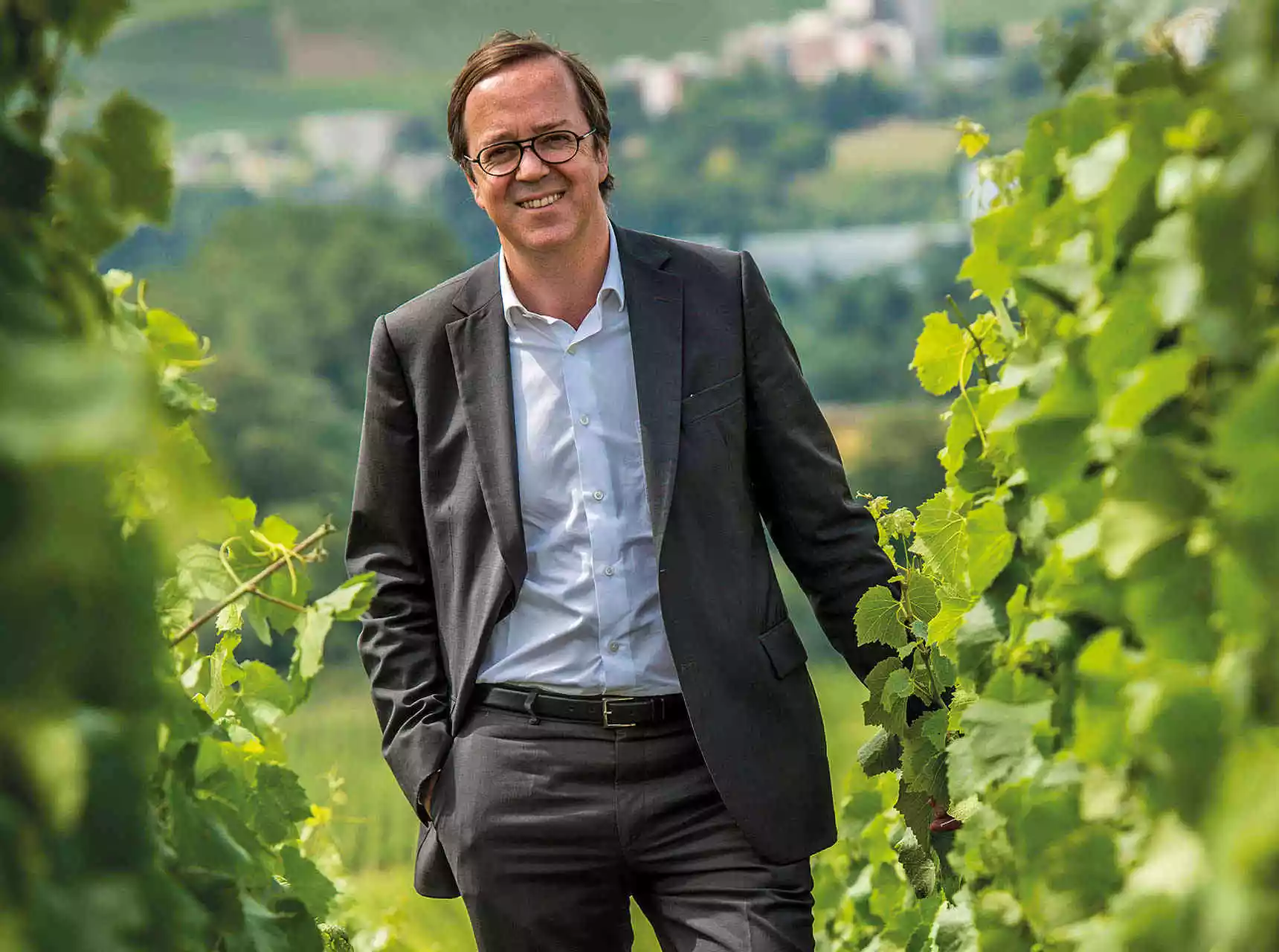
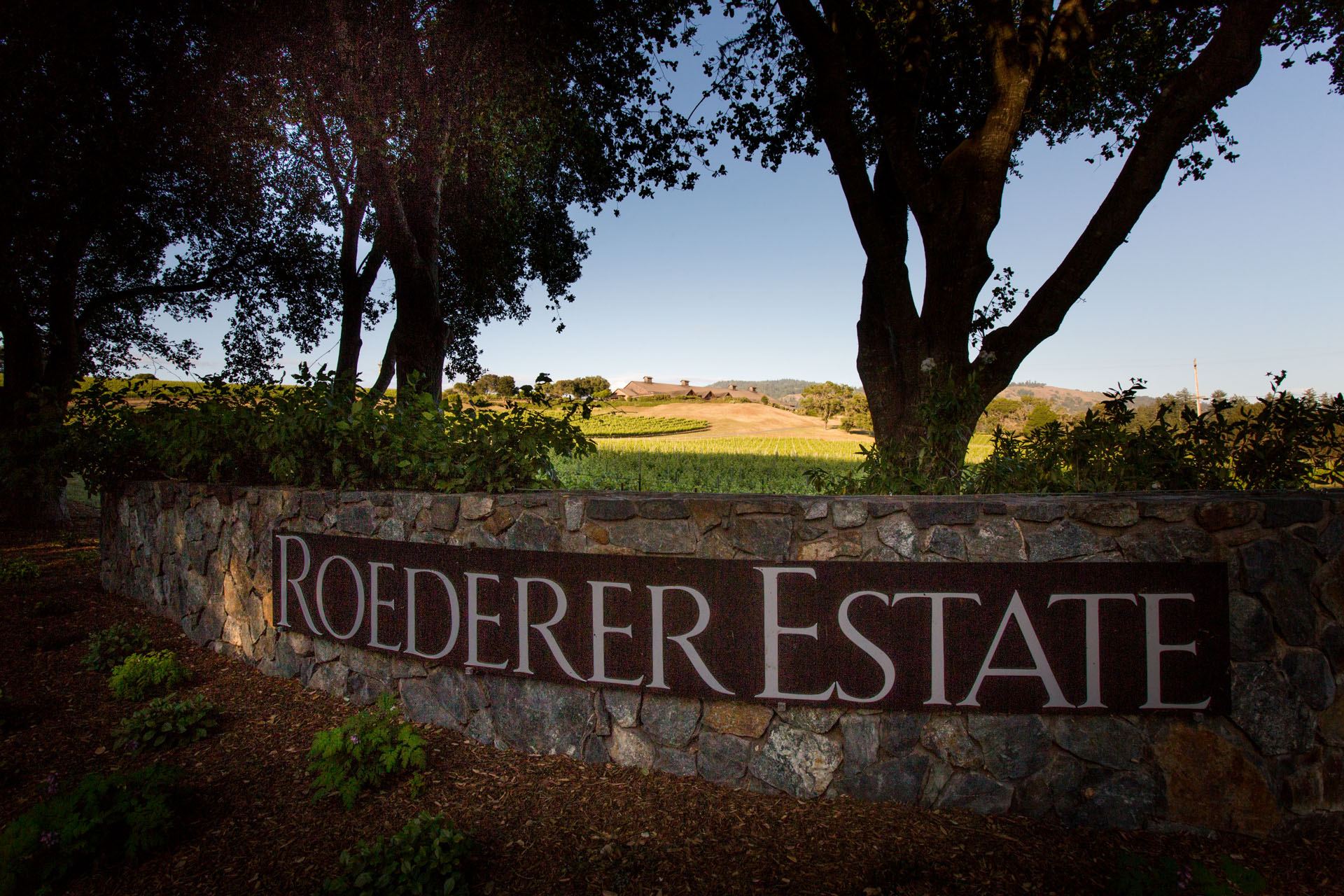
Our Heritage
Jean-Claude Rouzaud, former president of Champagne Louis Roederer, understood that first-rate estate vineyards create exceptional sparkling wines, which is why he selected the 580-acre Anderson Valley property in 1982. Jean-Claude, who has since handed down the family tradition and position to son Frédéric Rouzaud (pictured), believed that estate-owned vineyards were essential to ensure the highest quality wine, spending several years exploring California’s diverse regions for ideal growing conditions. The vineyards were planted in 1984, the winery was built in 1986, and the first Roederer Estate MV Brut cuvée was introduced in 1988.
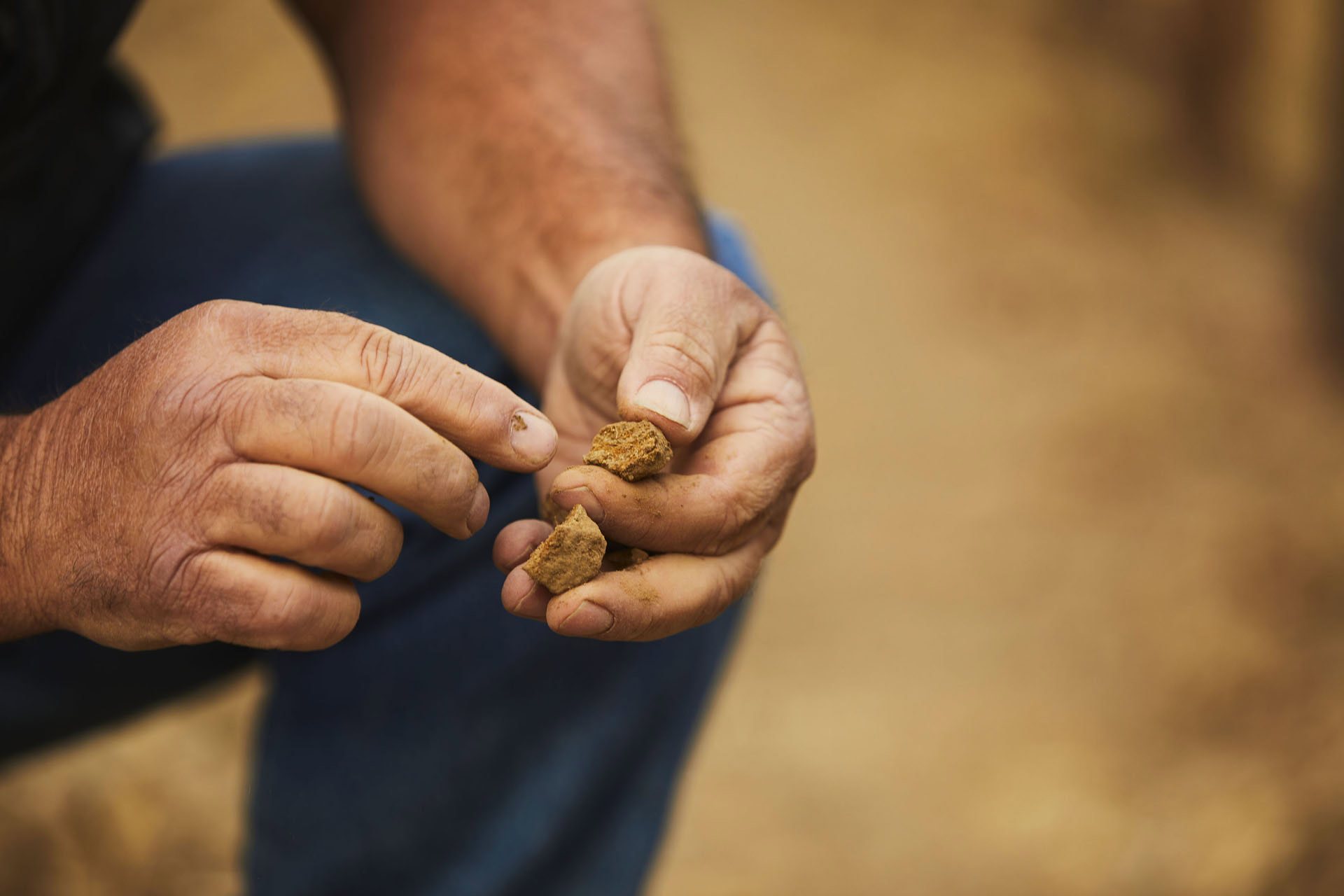
Winemaking that Respects the Land
Great wines start with great vineyards, and great vineyards thrive when the land is nurtured. We farm with intention, blending time-honored organic and Biodynamic® methods with innovative sustainability practices to keep our vines—and the Anderson Valley ecosystem—healthy for generations.
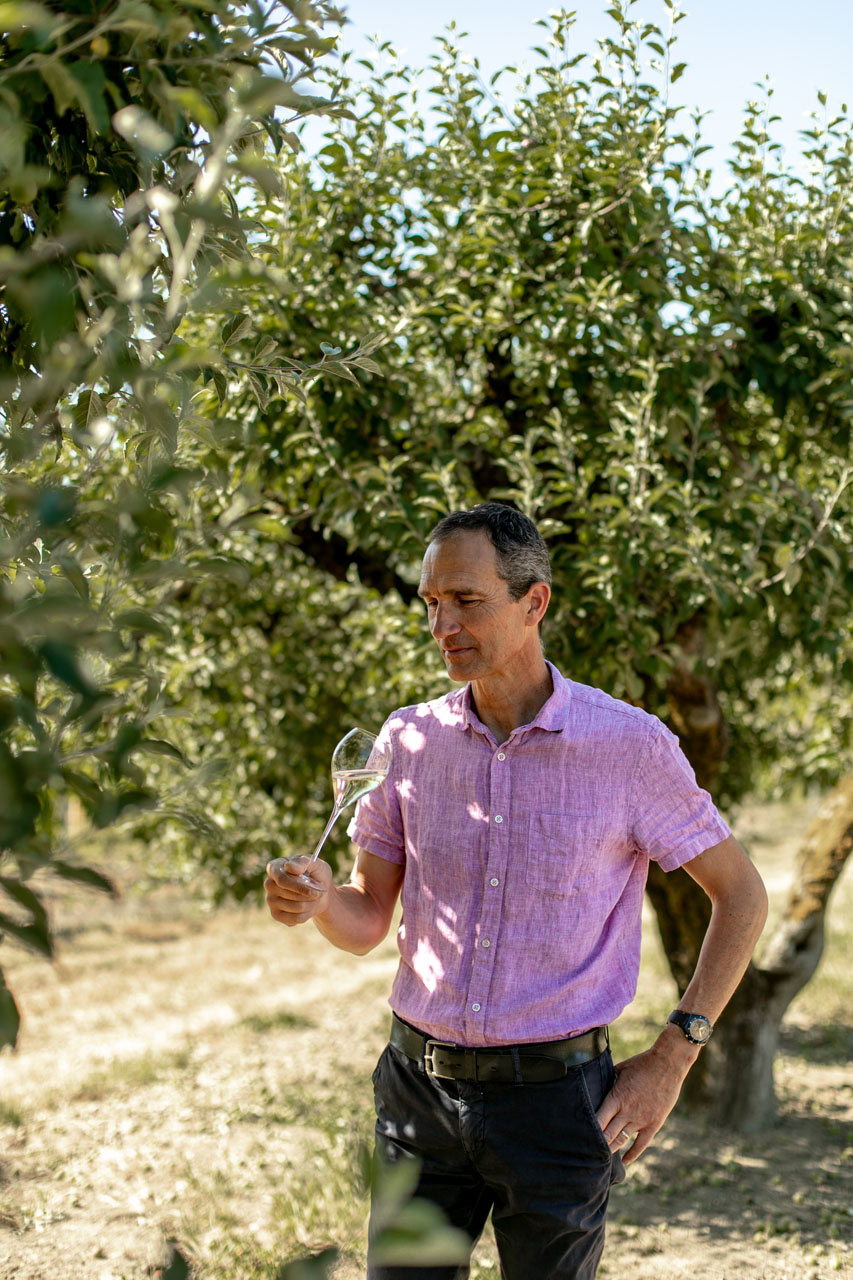
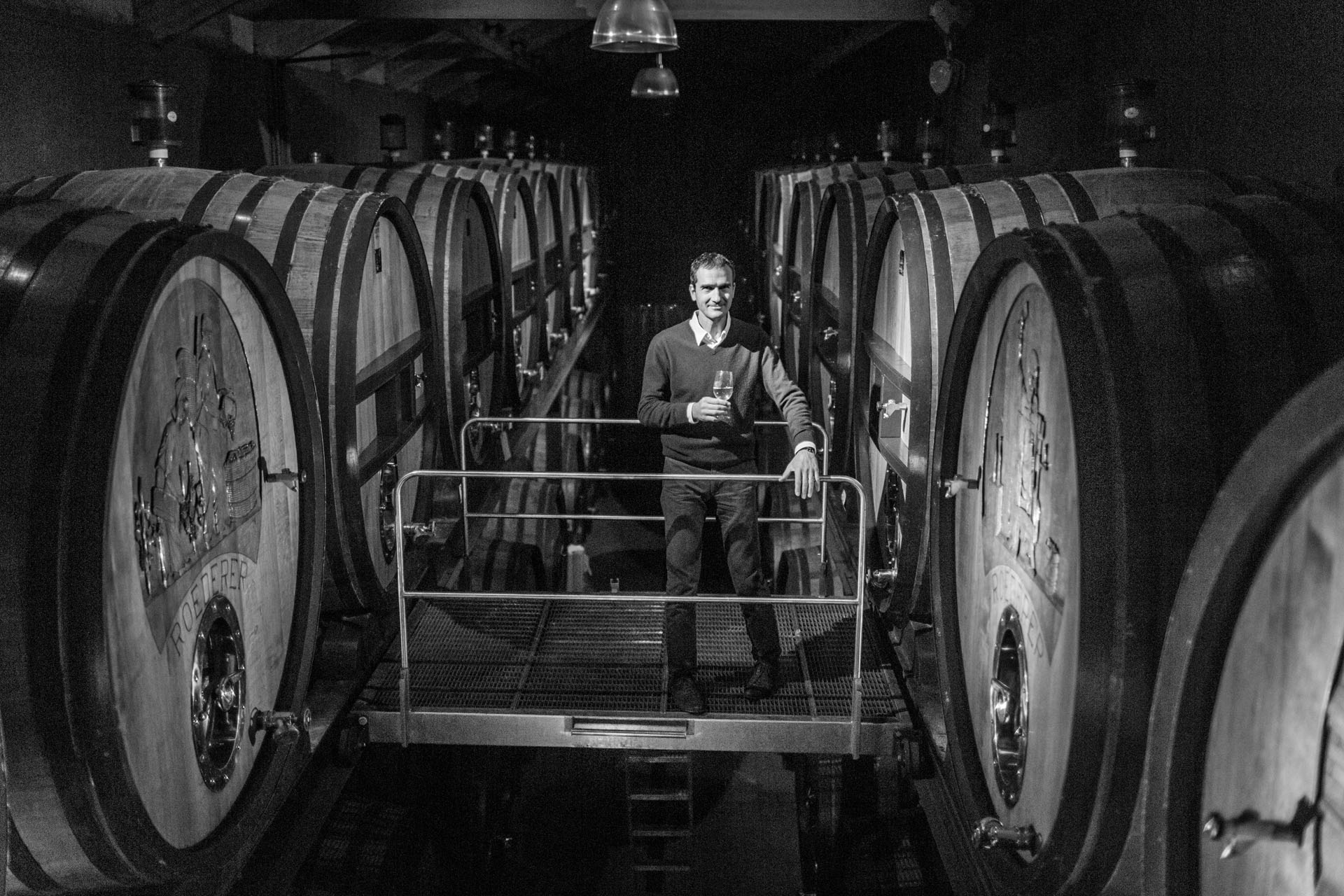
Tradition and Artistry
Relying on age-old traditions and empirical knowledge of our estate vineyards allows winemaker Arnaud Weyrich to craft his best interpretation of Anderson Valley sparkling wines. Far beyond chemistry and science is the artistic element: the tasting and blending of aromas, textures, creating a tactile and aromatic feel of length and balance — measured only by one’s senses.


